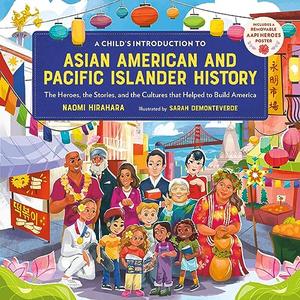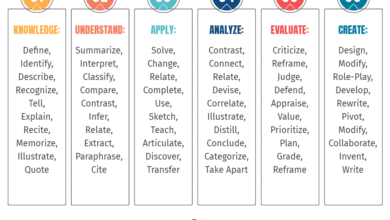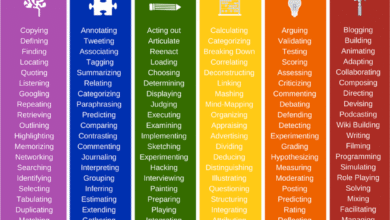A CHILD'S INTRODUCTION TO ASIAN AMERICAN AND PACIFIC ISLANDER HISTORY


Hirahara starts by discussing how college students Yuji Ichioka and Emma Gee coined the term Asian American in 1968; she also defines the phrase Pacific Islanders but notes that the book doesn’t cover those with Central and Western Asian heritage. She goes on to explore various identities within the AAPI communities, as well as U.S. cities with large populations of each group, such as Springdale, Arkansas, home to half of the U.S.’s Marshallese population. From there, the author examines AAPI history, with topics such as the wayfinding explorations of the people of Oceania, the role of Asian Americans in both world wars, and discriminatory laws including the Chinese Exclusion Act of 1882. Frequently, the focus shifts to remarkable people in various fields, among them sports, science and medicine, and activism. The author also notes Asian influences in pop culture—General Tso’s chicken, a 1960s Korean music group known as the Kim Sisters—and lists cultural celebrations and sites. Hirahara’s straightforward writing evokes the feel of a reference work, enlivened by dynamic graphics. The cartoon illustrations are bursting with bold, contrasting colors and textures, and maps, timelines, and sidebars throughout aid in understanding. East Asian people and cultures feature prominently, and the book has notable coverage of Pacific Islanders and Filipinos, with some inclusion of other Southeast identities and South Asians.
Source link



